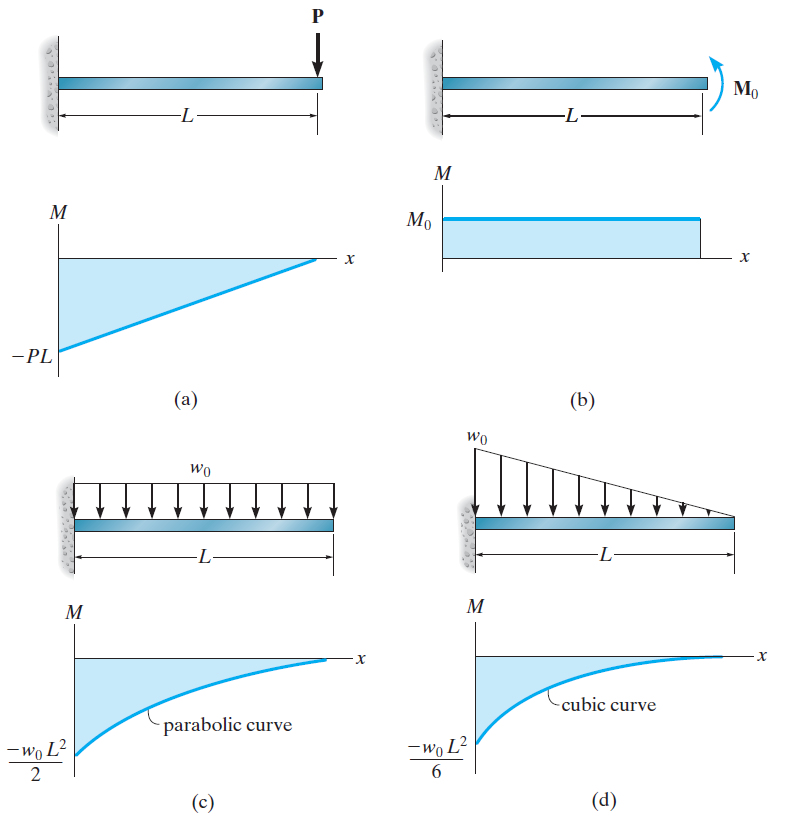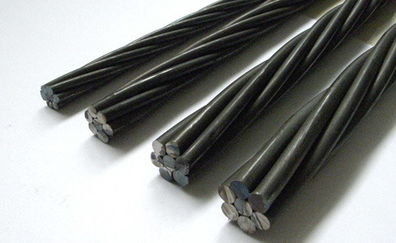Covermeter and Its Use in Concrete Inspection
A covermeter is an instrument used to measure the depth of concrete cover to reinforcement. It is commonly employed to verify the adequacy of the concrete cover or to locate the position of reinforcing bars (rebars) within a concrete member.
The concrete cover, also known as the depth of concrete to reinforcement, plays a crucial role in protecting the reinforcement from environmental effects. Insufficient or missing concrete cover allows the ingress of moisture, chemicals, or carbonation, which can lead to corrosion of the reinforcement. Corroded rebar expands in volume, causing concrete spalling, reduction in steel cross-sectional area, and consequently, a loss in structural strength.
Therefore, the covermeter is often used to verify the adequacy of the cover whenever there is suspicion that it may be insufficient. In such cases, protective measures can be taken, such as applying waterproof coatings, paints, or other protective layers to enhance the durability of the concrete surface.
The covermeter is also useful when rebar dowelling or drilling is required, as it helps determine safe drilling locations to avoid damaging existing reinforcement.
The covermeter consists of a search head that generates an electromagnetic field. When this field interacts with metallic objects such as reinforcing steel, it becomes distorted. The resulting change in the field strength is detected and processed to determine the location, orientation, and depth of reinforcement from the concrete surface.
Proper calibration of the covermeter is essential to ensure accurate and reliable readings. Calibration should be performed at least every six months or as recommended by the manufacturer.
A common calibration method involves casting a concrete prism containing a steel bar. The surface of the prism must be flat within 0.5 mm tolerance. The cover is measured manually using a steel scale at various points. If the variation between readings is less than 1.0 mm, the mean value is used; otherwise, a new prism must be prepared. The covermeter is then used to measure the same cover for calibration comparison and adjustment.
The following systematic steps are recommended when using a covermeter:
1. Zero the instrument (adjust the needle to zero).
2. Check the manufacturer’s recommendations to determine if a warming-up period is required.
3. Traverse the search head slowly over the concrete surface.
4. Record readings to determine cover depth or rebar mapping, especially when reinforcement is not congested.
The accuracy of covermeter readings can be influenced by several factors:
1. Type of steel (carbon steel, stainless steel, etc.)
2. Presence of tie wires or mesh reinforcement
3. Shape and orientation of the rebars
4. Degree of congestion of the reinforcement
Proper calibration, careful operation, and awareness of these factors are essential to ensure dependable results.















Comments
Post a Comment